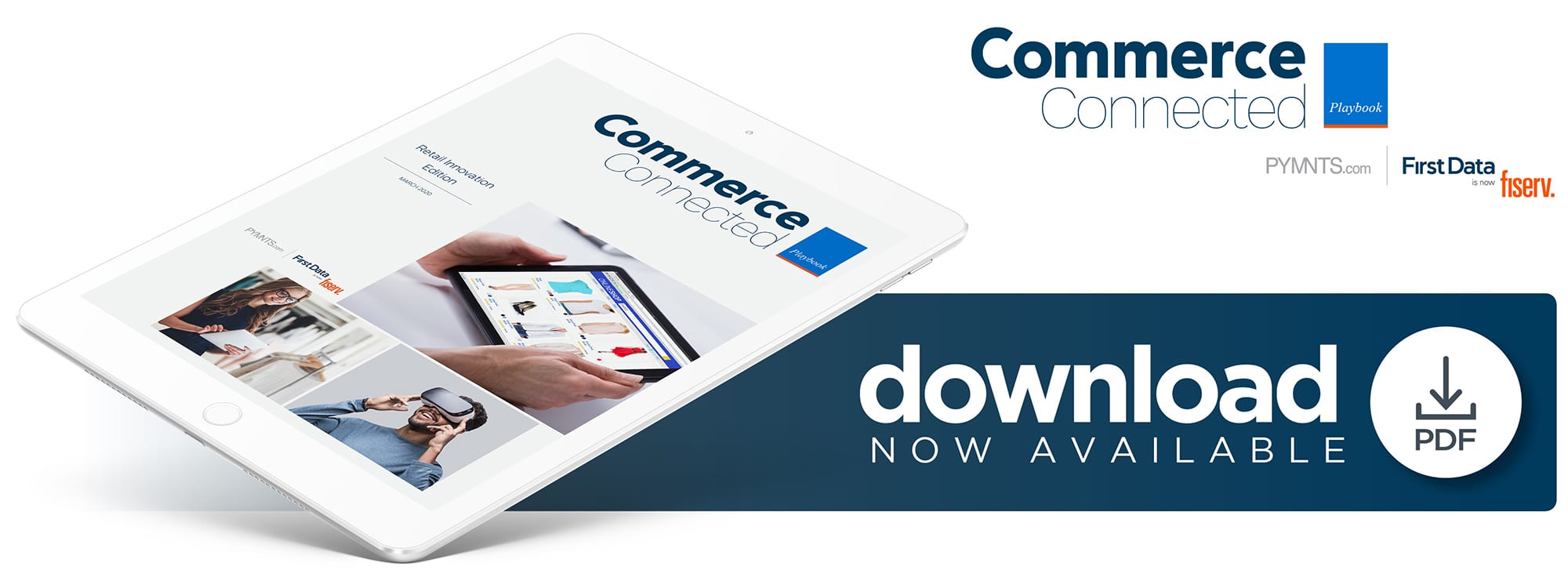Ace Is The Place With The Helpful Omnichannel Strategy
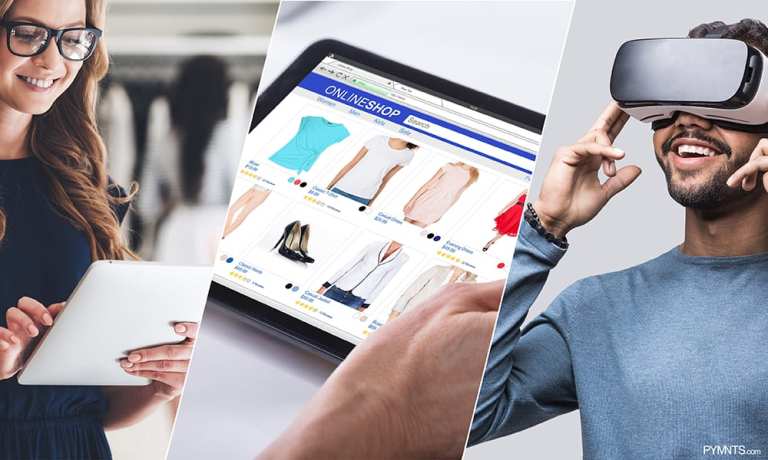
The notion that brick-and-mortar is going the way of the dinosaur as the popularity of eCommerce grows has proven to be just the opposite according to recent research. Brick-and-mortar is instead rapidly changing to accommodate the needs of consumers who have come to expect the same speed and convenience from purchasing through online and mobile environments.
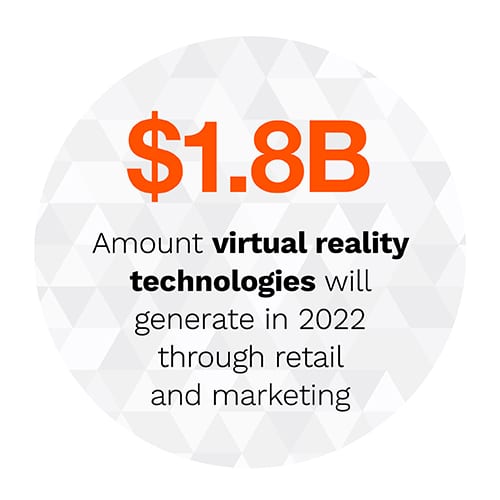 Recent data shows that while millennial and Generation Z consumer groups certainly consider themselves to be digital shoppers — nearly 86 percent of millennials consider that to be the case, according to one recent report — large percentages of them still head to physical stores on a regular basis to shop. Another survey found that 81 percent of Gen Z prefers to shop in-stores, for example.
Recent data shows that while millennial and Generation Z consumer groups certainly consider themselves to be digital shoppers — nearly 86 percent of millennials consider that to be the case, according to one recent report — large percentages of them still head to physical stores on a regular basis to shop. Another survey found that 81 percent of Gen Z prefers to shop in-stores, for example.
Retailers thus cannot shrug off the brick-and-mortar shopping experience as a lost cause. In-store experiences must be carefully calibrated to satisfy consumers who are more than familiar with online and mobile browsing. Each of these three distinct shopping channels offers its own benefits to today’s customers, and retailers need to coordinate them seamlessly to keep consumers’ attention in this competitive space.
In the Commerce Connected Playbook: Retail Innovation Edition, PYMNTS examines the latest trends in the retail industry, including why brick-and-mortar is an essential component to the omnichannel shopping experience. The Playbook also looks at how new technologies like artificial intelligence (AI) and visual search can be used to foster customer loyalty.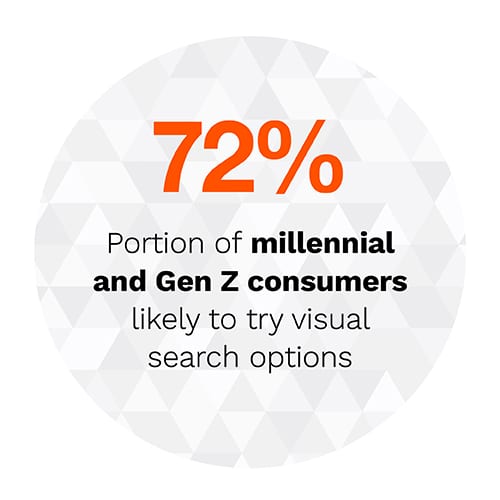
Ace Hardware on the Importance of Seamless Omnichannel
Retailers that ignore one of the three channels — brick-and-mortar, mobile or online — are likely to fall behind their competitors. That is why brands must strategize hybrid, omnichannel experiences that allow consumers to shop however they want, wherever they want, said Deanna Moreno Hernandez, mobile marketing senior manager for hardware retailer Ace Hardware, in a recent interview with PYMNTS. To learn more about how Ace Hardware is innovating for the modern, multi-channel consumer, visit the Playbook’s Feature Story.
Visual Search: The Next Retail Battlegrou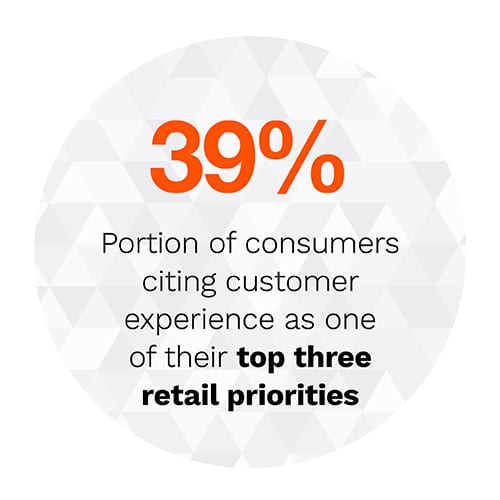 nd
nd
eCommerce has yet to replicate some of the traits consumers find most satisfying about shopping in stores — the experience of browsing through websites to compare products is different than being able to physically try on items of clothing or accessories in brick-and-mortar locations. Retailers are searching for technologies that may help them bridge this gap, however, including visual search technologies that can more closely tailor the digital shopping experience to how consumers feel when flicking through the racks. Visual search can help consumers find products that are similar to those they have seen online on other platforms or on media, adding additional benefits to their experience with the brands employing this tool. To find out more about how retailers are using visual search, visit the Playbook’s Deep Dive.
About the Playbook
The PYMNTS Commerce Connected series — a collaboration with First Data, now Fiserv — gives readers an overview of the latest developments, data and trends from the connected commerce space. Each Playbook covers major news involving connected commerce players and includes a data-driven Deep Dive into various retail segments and industries.
